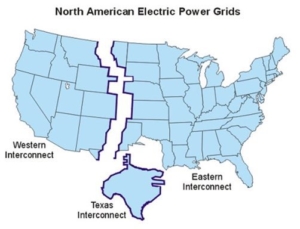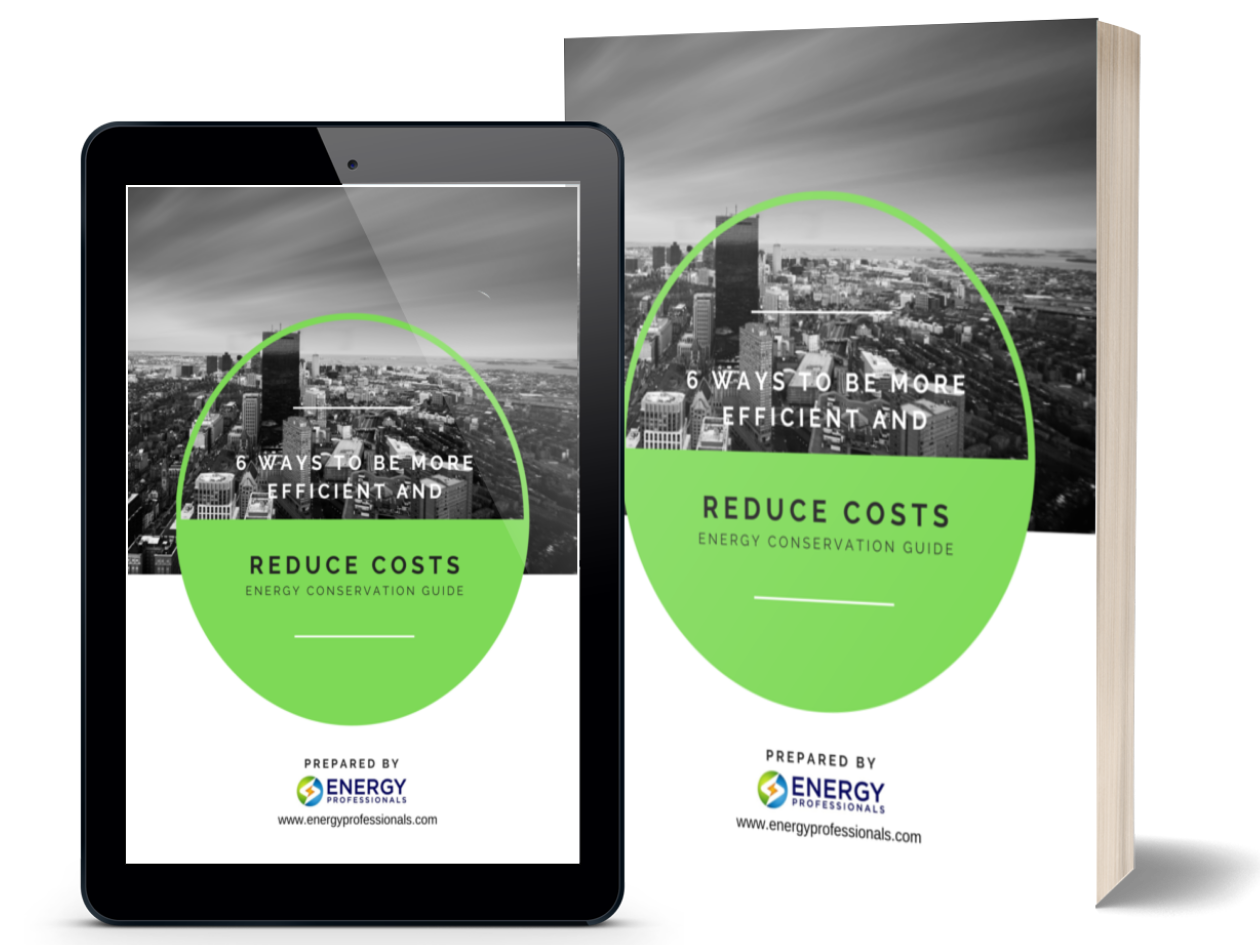Winter Storm Takes Out Texas’ Power Grid. What Happened? Full Story with Real Footage
What Happened in Texas? https://youtu.be/YYcJI0NiAEk I’m sure you’ve heard a lot about the power outages and the rolling blackouts in

What Happened in Texas? https://youtu.be/YYcJI0NiAEk I’m sure you’ve heard a lot about the power outages and the rolling blackouts in
I’m sure you’ve heard a lot about the power outages and the rolling blackouts in Texas and I thought it would be appropriate – now that the disaster is somewhat under control – to provide a very simple explanation to answer the big question “what happened in Texas?” or rather “why were 4.3 million Americans left without power?!”
A little over a week ago, Bill Magness the CEO of ERCOT gave CNN the two main reasons behind the massive power outages, but I wanted to expand on these points in a bit more detail as well as discuss one major factor that he did not mention.
“What we saw when the storm came in was the demand on the system spiking to levels, we had never seen in the winter season in Texas, and the supply also because of the storm, having a lot of the generation plants knocked out as the storm blew through the state. So, we had the worst kind of combination we can see, and we got to a point where we weren’t going to be able to serve the demand and we had to ask for outages that unfortunately had to stay in place for days until we could stabilize the system.” – CEO ERCOT
Before I jump into picking apart what is now being called the “2021 Texas Power Crisis”, I wanted to quickly review the U.S. power outage situation as a whole because while Texas was plastered all over the news last week, thousands of Americans are experiencing power outages every single day.
The same exact winter storm that created power outages in Texas also created outages in Louisiana, Mississippi, West Virginia, Virginia, and several other states.
Living in Florida, I’ve found it quite common for my power to randomly turn off, if even for a minute, resetting all my clocks, computers, modems, and so on.
In fact, just last year, Florida experienced 1,146 power outages, which impacted over 10 million people.
The single biggest cause of power outages is weather. And severe weather, like what Texas saw, can mean prolonged power outages.
In 2017, when hurricane Irma hit Florida, my home was left without power for nearly a week while this business, Energy Professionals, was not operational for more than 9 days!
Power outages across the U.S. cost between $18 billion and $33 billion per year, not to mention the hardship and disaster that families and homes experience.
As we’re seeing more and more news about power outages, prolonged power outages, and rolling blackouts, it starts to raise the question:
Are we experiencing an increase of power outages in the U.S.? A question to which the answer is hard to believe:
Research reveals that power outages in the United States are higher than in any developed country. Residents of the upper Midwest, for example, say that customers experience blackout at an average of 92 minutes every year. In contrast, Japan experiences only 4 minutes of outage every year.
As Americans experience an increasing number of power outages each year, more and more home and busines owners are starting to look for solutions to generating their own power and rightfully so.
To help, Energy Professionals has prepared a video about how to stay safe during a power outage, how to prepare for a power outage, and also four solutions that can help you maintain power during a power outage:
To keep this simple I’m going to explain what happened in three pieces:
Setting the stage for a disaster, Texas experienced a storm that brought record-cold temperatures reaching as low as -19F, the coldest three-day stretch in recorded history, and 246 of Texas’ 254 counties experienced snow.
As temperatures dropped, the demand for electricity and skyrocketed as people cranked up their seldom-used heaters to try and stay warm.
The demand for electricity got so high that at the highest point, Texas’ power demand an astronomical 69 gigawatts, setting the stage for a complete crisis – an overwhelm of their power grid.
Texas’ demand probably would have gone even higher but before it had a chance to, rolling blackouts were instituted and power was lost, leaving 4.3 million people without electricity.
Subsequently, the imbalanced supply and demand shot Texas’ electricity rates as high as $9 per kilowatt-hours compared to a typical price of .12cents per kilowatt-hour, forcing customers on the grid to simply turn off their power.
About 15-25 percent of Texas’ power is generated by wind turbines. While wind turbines can be built to withstand freezing temperatures doing so costs money. Due to Texas’ generally mild weather, these provisions were seen as not necessary, leaving their wind turbines vulnerable when an unprecedented winter storm hit.
As a result, Texas saw more than 22 GW of wind capacity freeze and took 4 GW offline due to the storm.
To give you an idea, 1 GW is enough to power about 300,000 homes. 22 GW is enough to power about 6.6 million homes.
On top of that, the state’s natural gas generation were hit extremely hard when their cooling systems and instrumentation froze. In the most severe moments of the crisis, 26 GW of the state’s 34 GW of natural gas generation was unavailable.
Natural gas is often relied on as the go-to resource for a quick and easy ramp up of electricity generation.
Some nuclear generation was taken also off-line, but to a lesser extent. Equipment failures due to the cold would not allow for safe operation so generation needed to be paused.
All told, by Tuesday, ERCOT was only able to supply a small portion of the demand coming from a freeze-stricken population.
 While it’s uncertain if being tied to neighboring grids would have prevented the crisis, it never-the-less is a major factor.
While it’s uncertain if being tied to neighboring grids would have prevented the crisis, it never-the-less is a major factor.
The US can be split up into three interconnected power grid systems:
1) The Western Interconnect
2) The Eastern Interconnect
3) Texas (AKA the Electric Reliability Council of Texas – ERCOT)
The first two power grids (Western and Eastern) are able to tap into excess generation from neighboring grids, should their generation fall short of the demand. However, ERCOT in Texas is different. Unlike the other two power grids, Texas, in the main, is completely isolated from the power generation of neighboring states.
With no outside sources of generation available to make up the shortfall the ECROT grid was experiencing, there was really only one outcome that could be expected: prolonged power outages and rolling blackouts.
In anticipation and to try to save the entire grid from a disaster that could have left Texas without power for up to a month, Texas power officials instituted rolling blackouts.
A rolling blackout is where a certain portion of the population would have power cut for a designated period of time so demand didn’t outpace the available supply, and then when power was restored to those places another portion of customers would have their power turned off.
I wanted to write this article now that the situation is a bit more under control to explain what happened. I hope that you find this article as well as the videos helpful.


Don't have one? You can get one by calling us at 855-4-PKIOSK.
Energy Professionals is committed to finding its customers the best possible rates on electricity and natural gas. Tell us your location and service type and our energy manager will connect you to the most competitive offers.
Switching to an alternate supplier is easy. There is no chance of service disruption, and you'll continue with your current utility for energy delivery and emergency service. Take a few minutes to discover your best offers, and enjoy the benefits of retail energy in your home or business.
1. Energy Type
2. Service Type
3. Zip Code
4.Local Company
5.Zone
We believe that knowledge is power. Here’s a free e-book that provides business solutions to reducing energy costs.
Download E-Book Free Energy Audit




